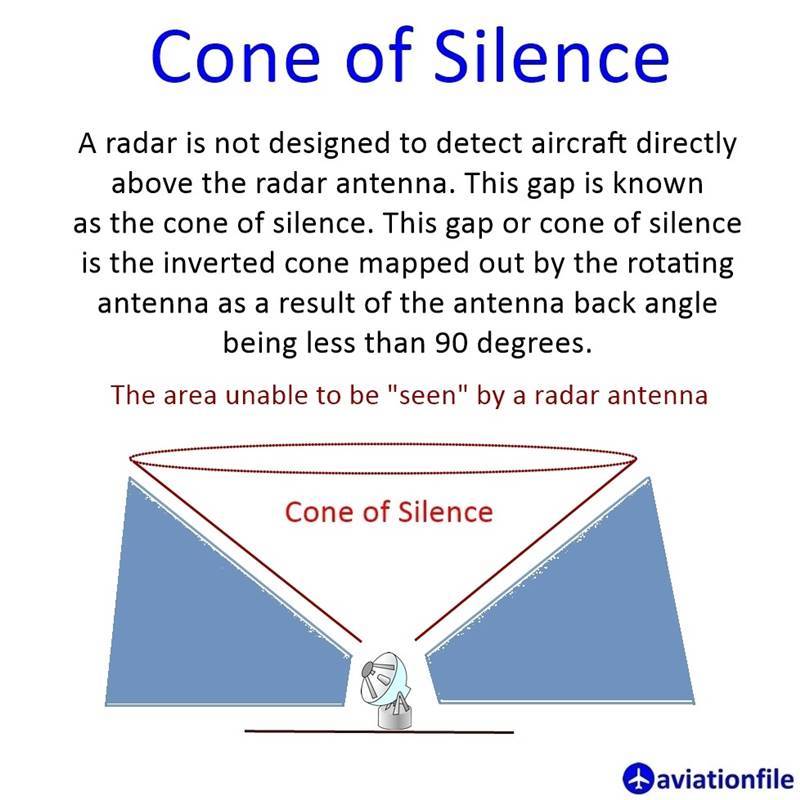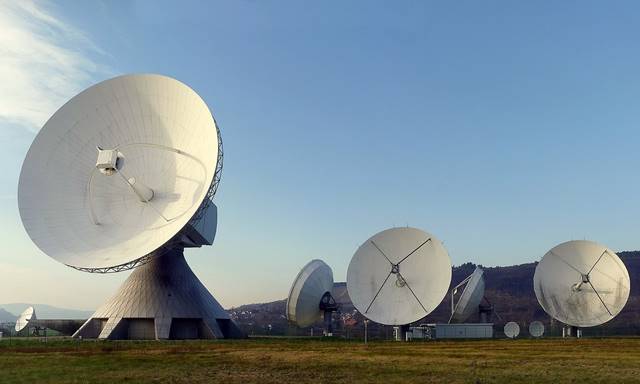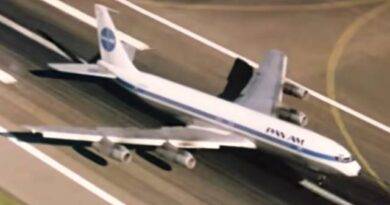Cone of Silence, A Crucial Aspect of Radar Antennas in Aviation
In the vast and dynamic realm of aviation, radar systems play a pivotal role in ensuring safe and efficient operations. Among the various components of a radar system, the radar antenna stands out as a crucial element. It enables the detection and tracking of aircraft, providing vital information to pilots and air traffic controllers. One critical concept associated with radar antennas is the “Cone of Silence.” This article aims to shed light on the significance of the Cone of Silence and its implications in aviation.
The Radar Antenna: An Overview
To comprehend the Cone of Silence, it is essential to understand the basics of a radar antenna. A radar antenna is a device that emits electromagnetic waves, such as radio waves, and receives their reflections from objects in its vicinity. It serves as the “eyes” of the radar system, scanning the airspace and detecting targets.
Defining the Cone of Silence
The Cone of Silence refers to a specific area around the radar antenna where the detection and tracking capabilities are significantly compromised. Within this cone-shaped region, the radar system experiences limited or no ability to detect aircraft accurately. The Cone of Silence is a natural phenomenon that arises due to the specific design and characteristics of the radar antenna.
Factors Influencing the Cone of Silence
Several factors contribute to the formation and size of the Cone of Silence:
a) Antenna Elevation Angle: The Cone of Silence is typically more prominent at low antenna elevation angles. As the antenna tilts upwards, the coverage area expands, reducing the impact of the Cone of Silence.
b) Antenna Design and Beamwidth: The design and beamwidth of the radar antenna affect the dimensions of the Cone of Silence. A narrow beamwidth leads to a more concentrated coverage area and, consequently, a larger Cone of Silence.
c) Distance from the Antenna: The distance between an aircraft and the radar antenna also plays a role. The Cone of Silence is more significant for aircraft closer to the radar antenna compared to those located farther away.

Implications in Aviation
Understanding the Cone of Silence is crucial for pilots and air traffic controllers. It helps them anticipate areas where radar coverage may be compromised and adjust their operations accordingly. Pilots need to be aware of potential blind spots and consider alternate means of communication or navigation in affected areas. Similarly, air traffic controllers must account for the Cone of Silence when monitoring aircraft and issuing instructions to ensure the safety and efficiency of air traffic.
The Cone of Silence is an important concept related to radar antennas in aviation. Its existence within a radar system can impact the accuracy of aircraft detection and tracking. Awareness of this empowers pilots and air traffic controllers to adapt their strategies and take appropriate measures in areas where radar coverage may be compromised. By understanding this phenomenon, the aviation community can maintain the highest standards of safety and enhance the efficiency of operations.
References:
Skolnik, M. I. (2008). Introduction to radar systems. McGraw-Hill Education.
Richards, M. A., Scheer, J. A., & Holm, W. A. (2010). Principles of modern radar: Basic principles. SciTech Publishing.
Federal Aviation Administration (FAA). (2020). Radar Handbook. Retrieved from https://www.faa.gov/documentLibrary/media/Advisory_Circular/AC_00-6B.pdf
ICAO Circular 213-AN/126. (2016). Manual on Secondary Surveillance Radar (SSR) Systems. Retrieved from https://www.icao.int/publications/pages/doc9760.aspx



